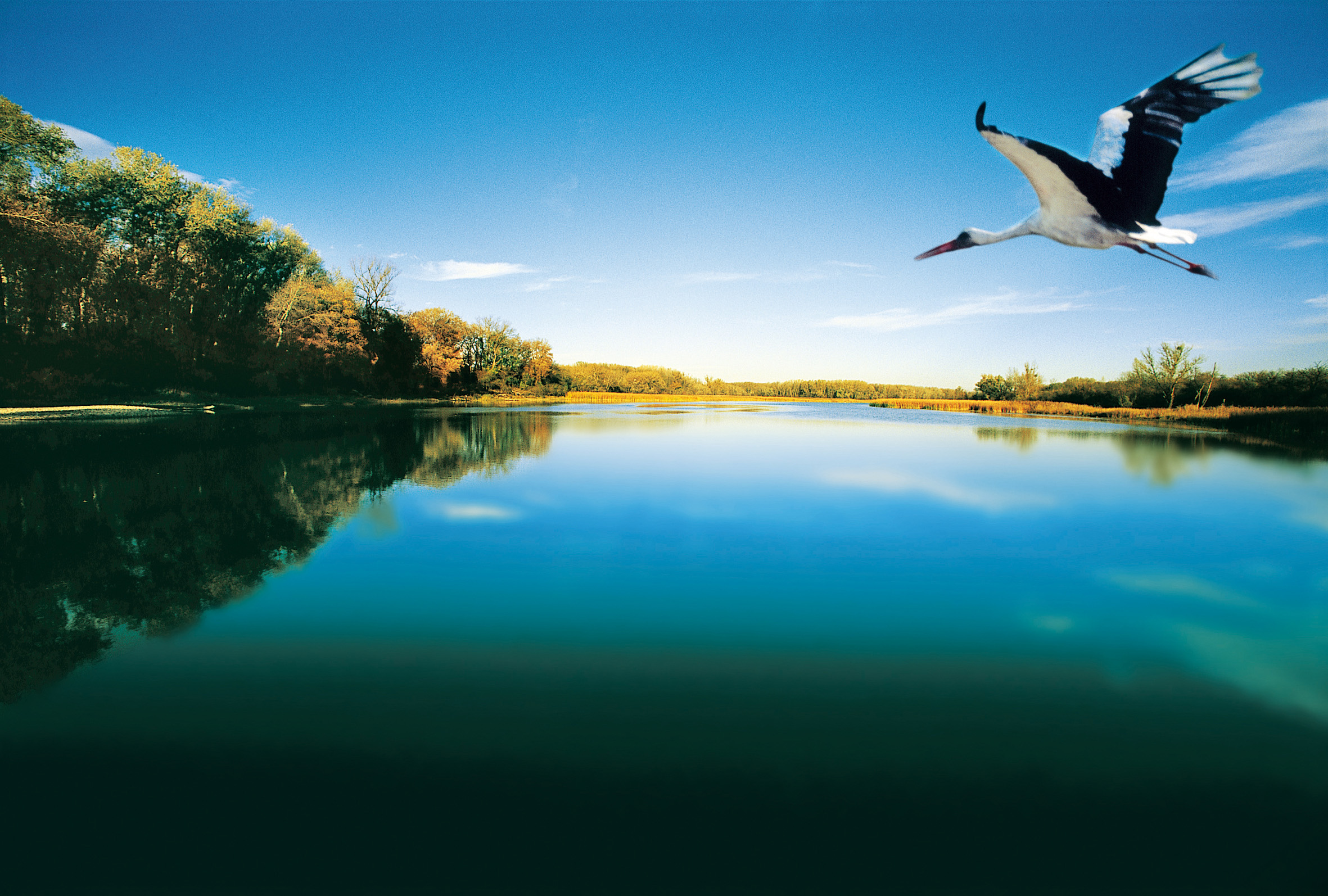by Diana Peutl

“If a bear sees me naked, you can’t get jealous” is what Linda Belcher explains to her husband in the episode ‘A River Runs through Bob’ of Fox-financed cartoon series “Bob’s Burgers”, which takes the animated family onto a weekend trip to a National Park. Having most of my conceptions regarding the world beyond my personal experience forged by such instances of Anglo-American media culture, child-me was quite disappointed to learn of the absence of bears and wolves in Austrian wildlife. However, through years of school field trips to zoos, parks, recreational areas, and protected zones – as well as by bearing in mind ‘problem bear’ Bruno’s fate – adult-me had acquired a notion of Flora and Fauna as not necessarily shaped by what is communicated as desirable, but what is decided to be practicable. Hence, National Parks as institutions seem to me as situated right in-between those two rationales, having to carefully balance vast abstract concepts of ‘nature preservation’ and concrete pragmatic approaches in their practices of work. In the following, I want to delineate how the excursion to the Lobau National Park ‘Danube Floodplains’ against the backdrop of the STS-course “Environment, Risk, Society – Science, Technology and Nature in times of the Anthropocene” by Dorothea Born gave me the most-recent opportunity to reflect upon my own conceptualization of ‚nature‘, as well as enabled me to zoom into the everyday practices of work at play in ‘doing’ and ‘narrating’ a National Park.
Last April, we started our visit to the National Park ‚Danube Floodplains‘ just outside its borders, by being welcomed in the so-called ‘National Park House’. Consisting of a cinema, bureaus, lavatories and an outside playground, this place seems to play the role of a communication hub, fostering exchange between visitors and park managers. Our tour began with two Park rangers separating the waiting multitude into our course group and a class of pre-schoolers, each getting different outlooks on their respective tour programs. Without further ado, we were led into the projection room to start our excursion into the National Park by strolling down a cinematic path.
In hindsight, this image film facilitated the most acute immersion into the institution’s self-depiction our tour could offer. While the trees on the nearby Danube Island do not differ noticeably from the ones located in Lobau, the insight provided by personal accounts of the guiding national park manager varied strikingly from the triumphant mood-setting offered by said PR-language-riddled welcoming video. From a conceptual angle, I would argue that these differing communication styles point us towards practices of work crucial to the localized understanding of how ‘nature’ and its ‘preservation’ is to be handled within and by the National Park Danube Floodplains: While ‘doing National Park‘ in terms of enabling its continued existence consists of administering complex relationships of legal bodies, consultation/decision processes, public attention, and labour power, ‘narrating National Park’ caters to more romantic and heroic concepts than mere brand management and is thus appealing towards an emotional dimension.
In order to be seen as worthy of protection, elements of ‘nature’ like specific species or territories need to be noticed as well as advocated for – if a species goes extinct and nobody notices, has it ever existed? Imaginaries of responsibility, maybe even reparation of humanity’s megalomaniac abominations against its feeble environment may act as motivation for preservative aspirations. After all, a national park is man-made like everything one works on with (a) certain intention(s) in mind. Referring to David Demeritt’s overview on constructivist conceptualizations of ‘nature’, I’d like to accentuate the option “of understanding ‘nature’ as an ontologically contingent and socially constructed phenomenon” (2001, p. 37).
Tracing the political effects of (de-)constructing preservative areas such as ‘national parks’ from this very understanding, one has to carefully consider the following questions: Who communicates how and what about the construct ‘national park’? How do these speech acts then touch upon practices, power, decision-making and institutions? And where and why is it about ‘nature’ as essence, as a “linguistic [opposition] to that which is said to be cultural, artificial, or otherwise human in origin” (Demeritt, 2001, p. 32)?
The deconstruction of ‘being’ into ‘doing’ is a practice of enabling and empowering by installation of contingency. Looking back upon the many points leading up here in favour of a pragmatic approach to political notions of environmental protection, it is not my intention to negate the affective and/or imaginative dimension at play. Rather, I want to pinpoint utopias and desires, respectively their role as complementing methods of constructing contingency, as a fruitful realm for further research in the context of National Parks and beyond.
Diana Peutl is an undergraduate student at the Department of Sociology at University of Vienna. Having spent her late teens managing projects in the field of international youth exchange/regional sustainability, Mag. Born’s course ”Environment, Risk, Society’ at the Department of Science and Technology Studies was her first time to look at ‘nature’ in an academic setting.